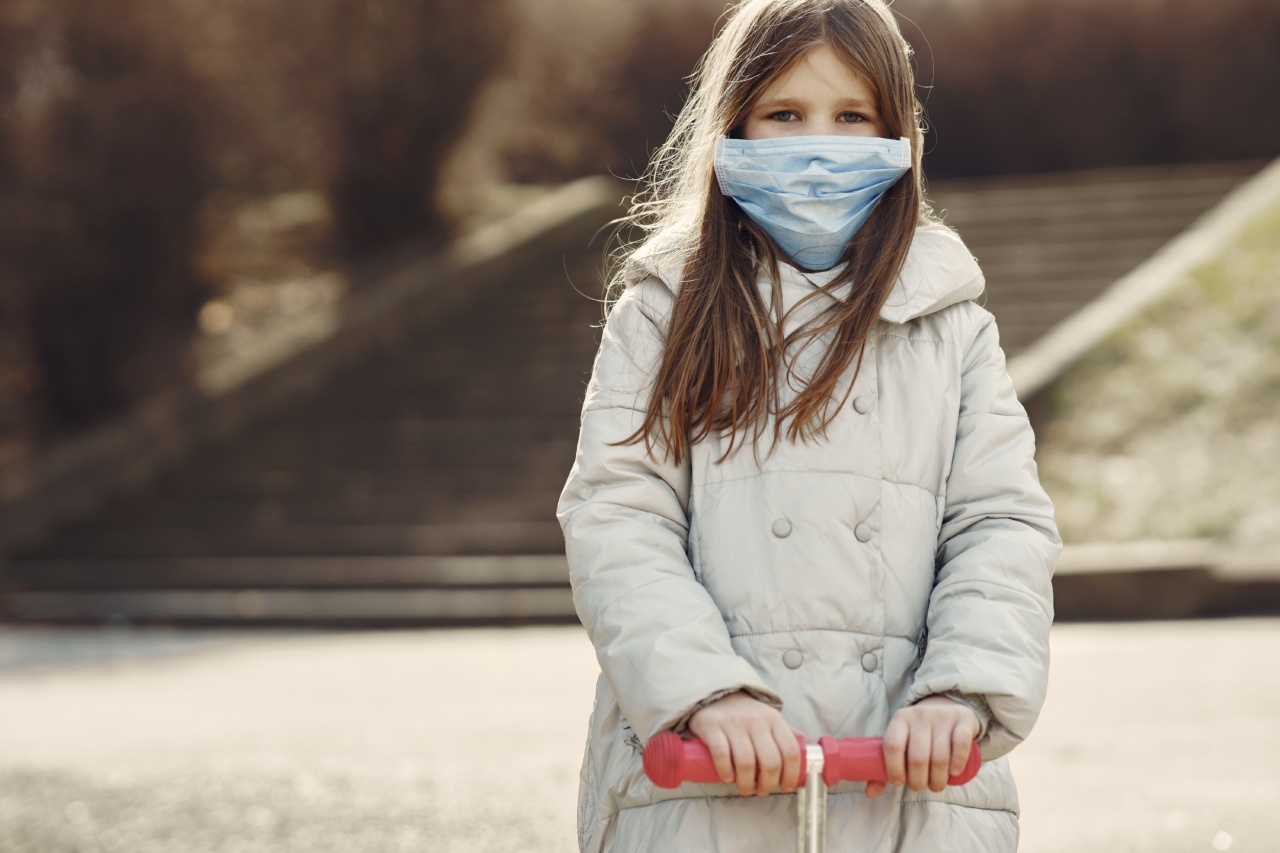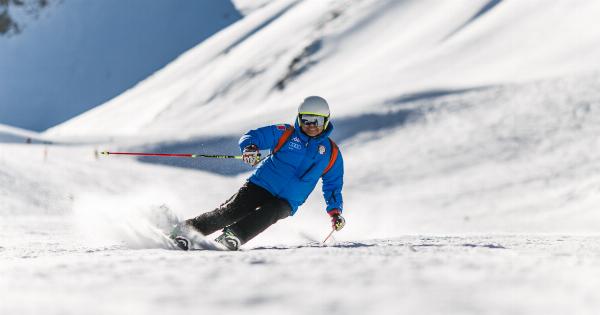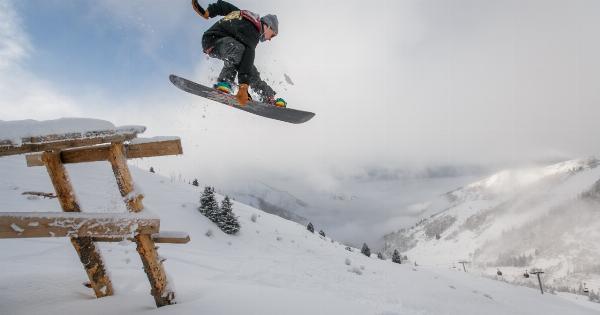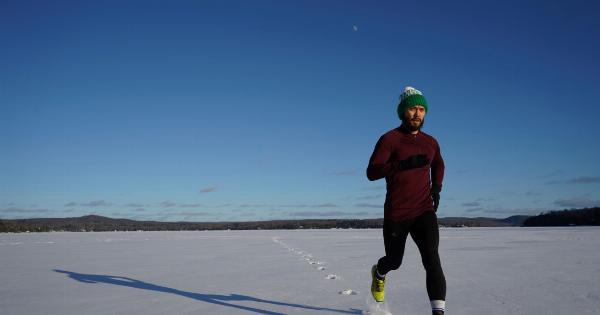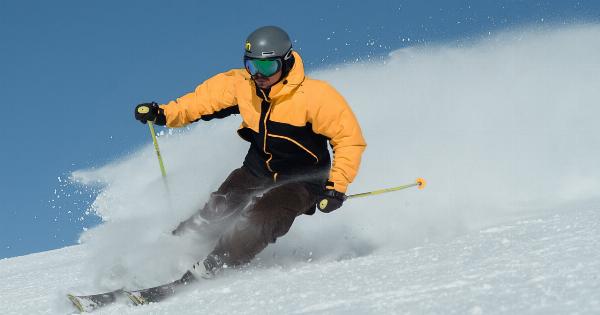Winter can be a challenging time for gymnastics enthusiasts who love outdoor workouts. The cold, icy weather can make it difficult to maintain your routine.
However, with proper preparation and the right gear, you can still enjoy your favorite sport safely and comfortably even during the winter season.
Layer up
One of the most important things to remember when practicing outdoor gymnastics is to dress in layers. The layers will help to trap warm air close to your body, insulating it from the cold.
Make sure to choose clothes made of breathable fabrics that will wick sweat away from the skin. Avoid cotton, as it holds moisture and can make you feel cold and damp.
Wear the right shoes
In the winter, it is important to wear shoes with good traction. Icy or snowy conditions can be slippery, and shoes without proper traction can cause accidents. Make sure to choose shoes with anti-slip soles that can grip the ground and prevent falls.
Stay hydrated
It is easy to forget to stay hydrated in the winter, as we tend to be less thirsty when it’s cold. However, it is important to drink plenty of fluids to keep your body functioning at its best.
Dehydration can cause muscle cramps, headaches, and other health problems that can interfere with your gymnastics routine.
Warm-up properly
Warming up is essential before any workout, but it is especially important in the winter. Cold muscles are more prone to injury, so it is important to take the time to warm up properly before starting your routine.
A few minutes of light cardio and stretching can help to increase your body temperature and loosen up your muscles, making them less susceptible to injury.
Protect your extremities
When practicing outdoor gymnastics in the winter, you should focus on protecting your extremities such as your head, hands, and feet. A warm hat, gloves, and thick socks can help to keep your body heat from escaping and prevent frostbite.
It can also be helpful to use hand and feet warmers to provide extra warmth and comfort.
Choose the right time of the day
Winter days can be short, so it’s important to choose the right time of day for your outdoor gymnastics workout. Aim to exercise during the hours when the sun is out or during the warmest parts of the day.
This will help to ensure that your body is not exposed to extreme temperatures, which can make it harder to maintain your routine.
Stay safe on ice
Ice can be treacherous during the winter, so it is important to be extra careful when walking or running on icy surfaces. If you encounter icy patches, try to walk around them if possible.
If you must walk on ice, take small, slow steps and keep your center of gravity over your feet to maintain balance.
Know when to call it quits
Even with proper preparation and precautions, winter weather can still present dangers. It is important to know when to call it quits and move your workout indoors.
If the weather conditions become too severe, or you start to feel too cold or tired, it may be time to head inside and finish your routine in a warmer, safer environment.
Conclusion
With the right preparation and gear, you can still enjoy your gymnastics routine even during the winter season.
By dressing in layers, wearing the right shoes, staying hydrated, and taking other necessary precautions, you can stay safe and comfortable while practicing your favorite sport outdoors. Remember to take things slow and be extra cautious in icy or snowy conditions, and to always listen to your body and know when it’s time to take a break.
